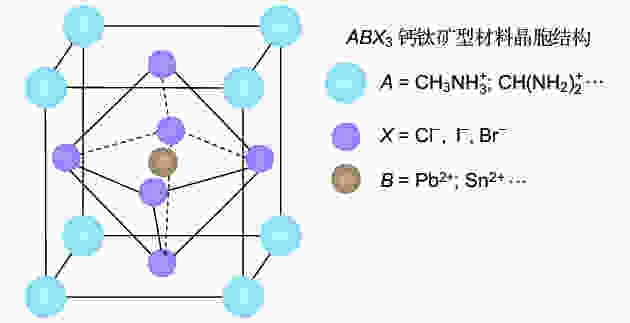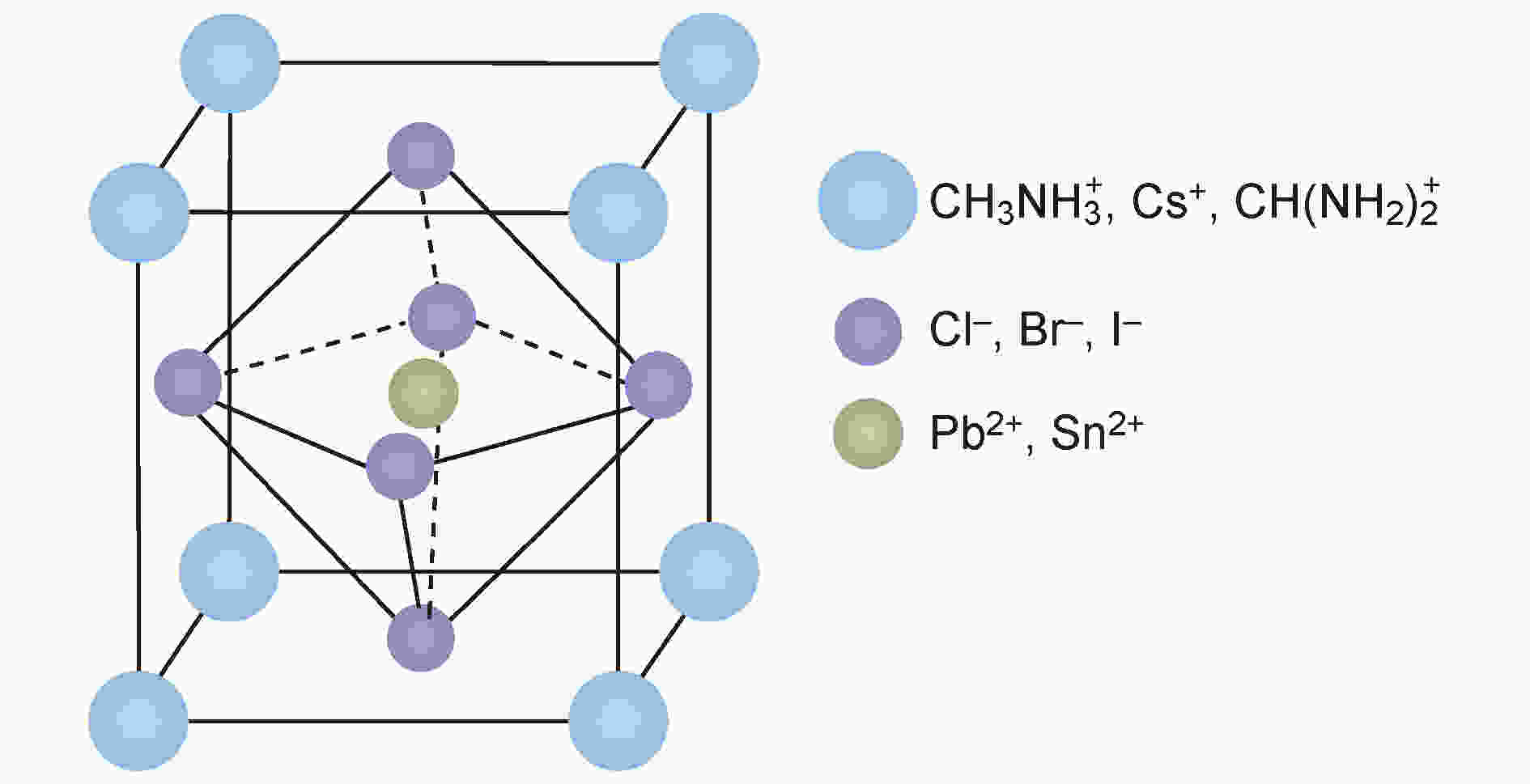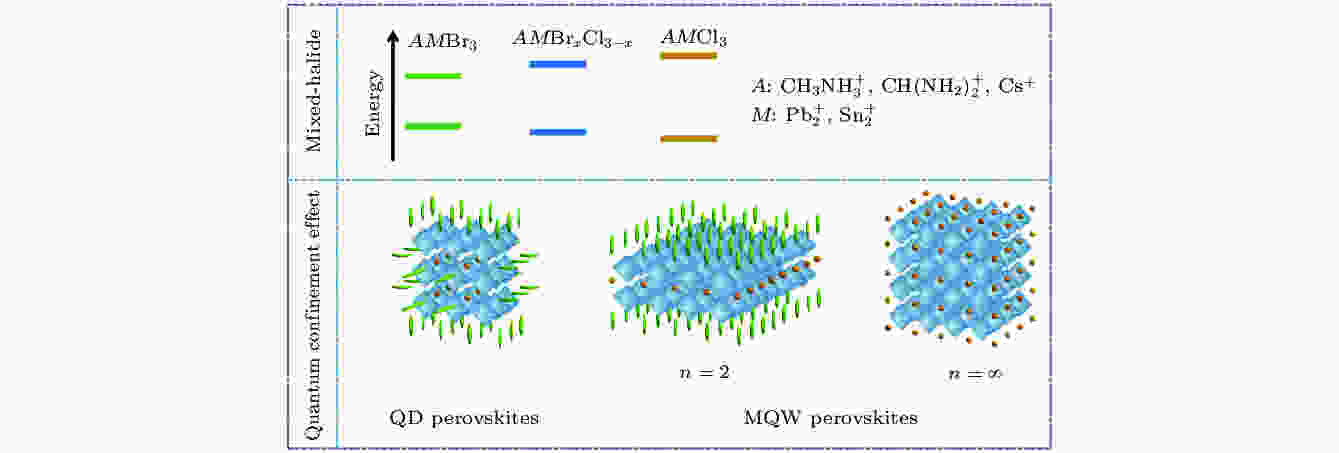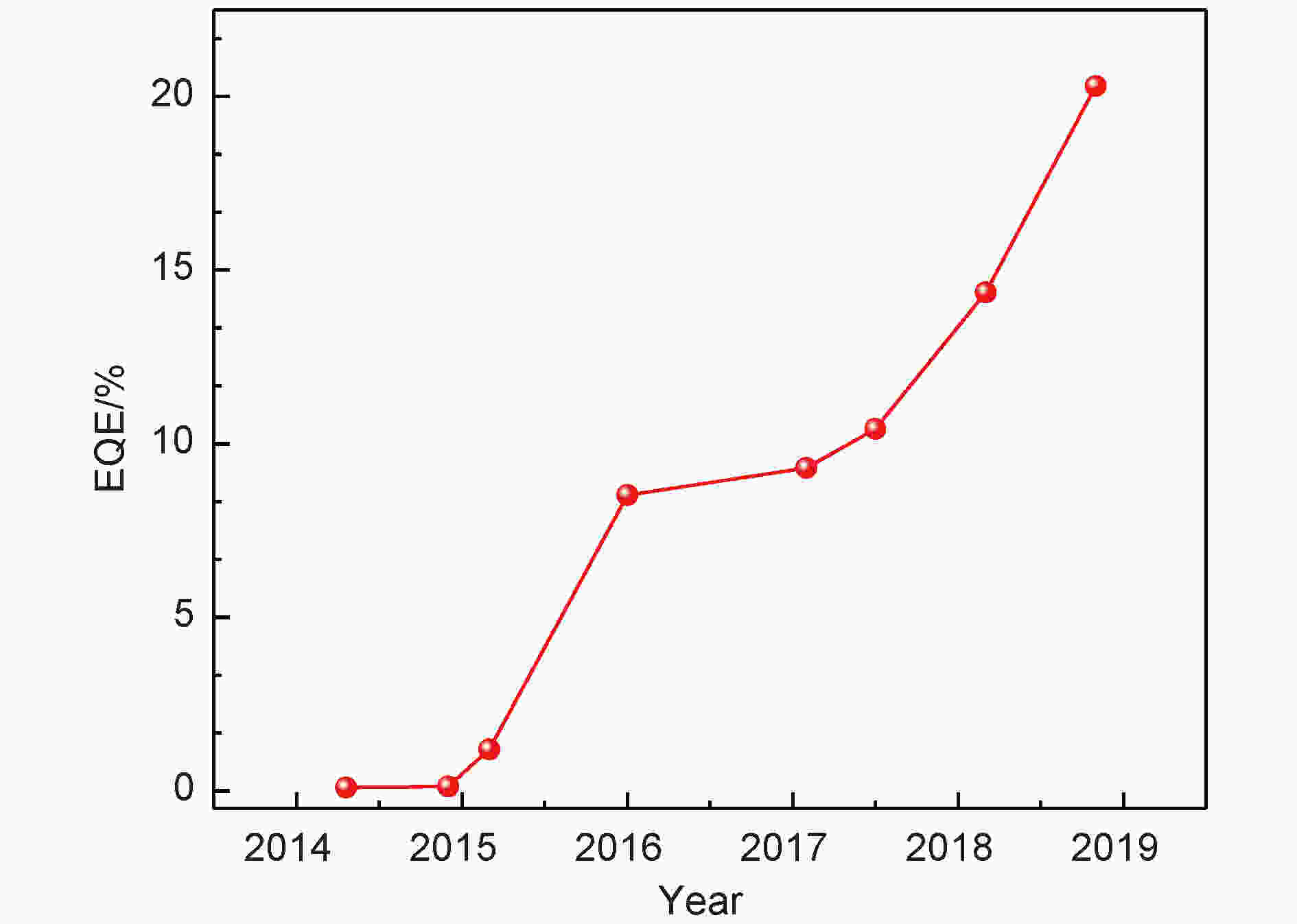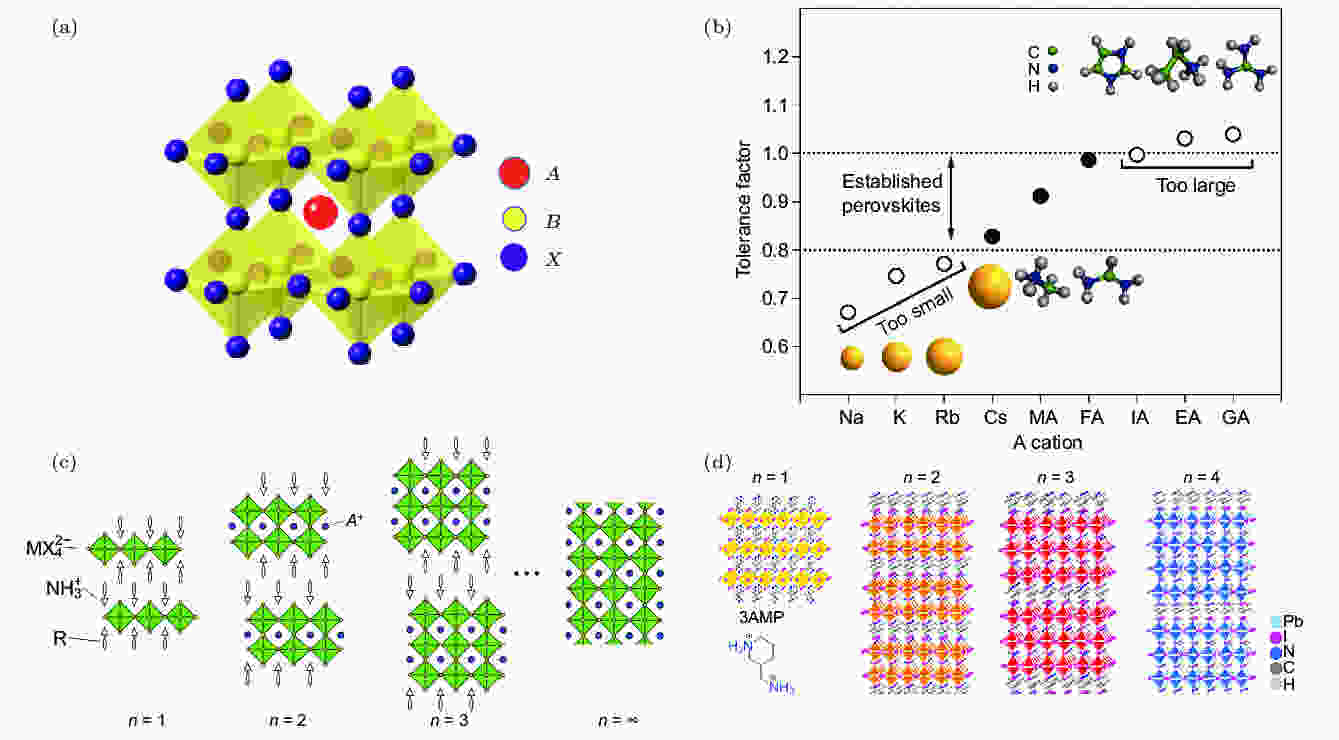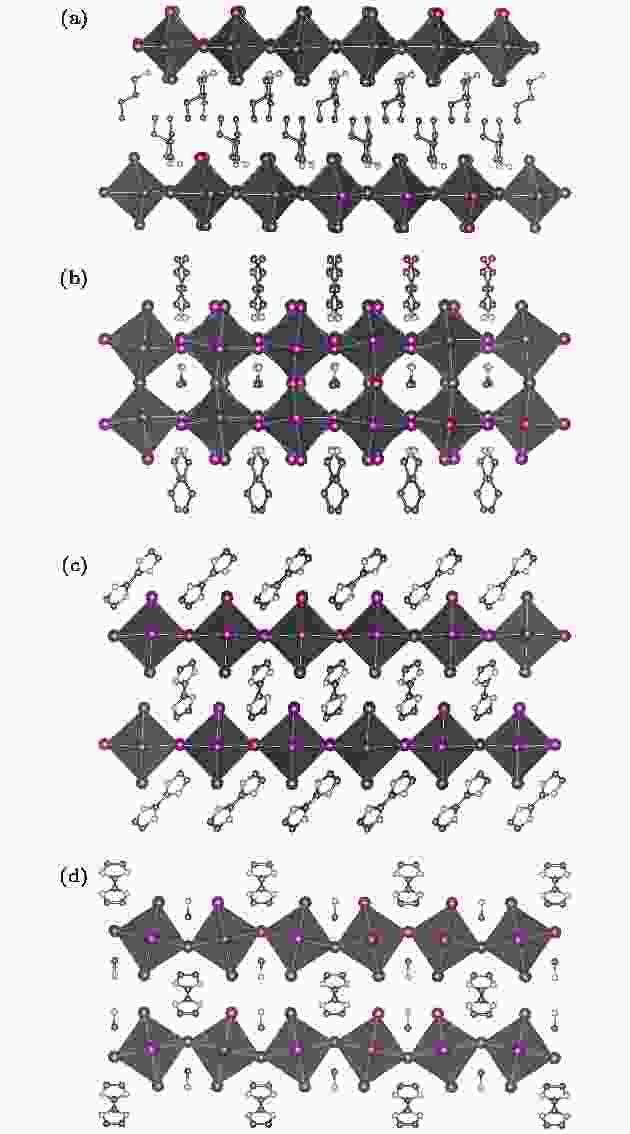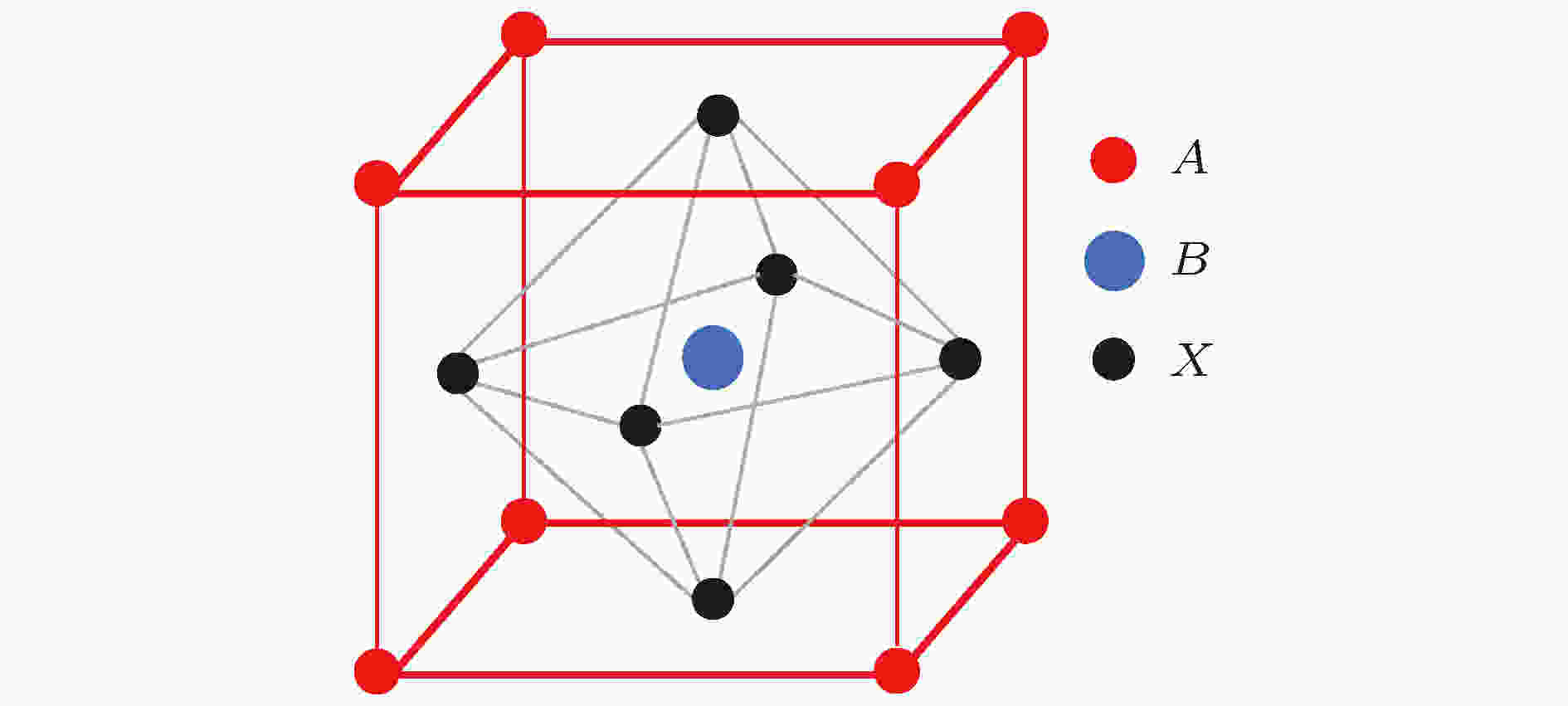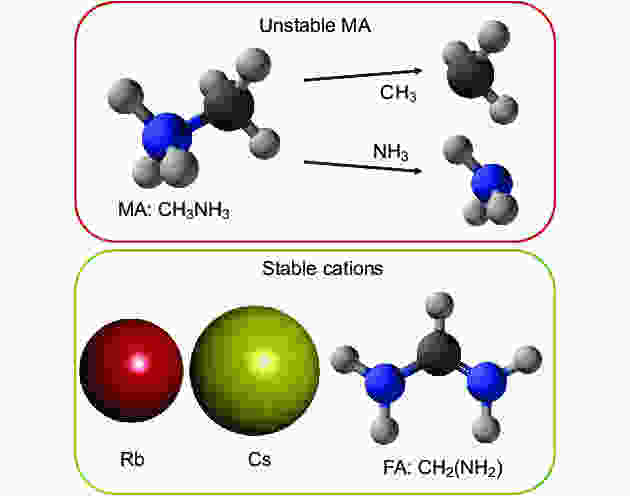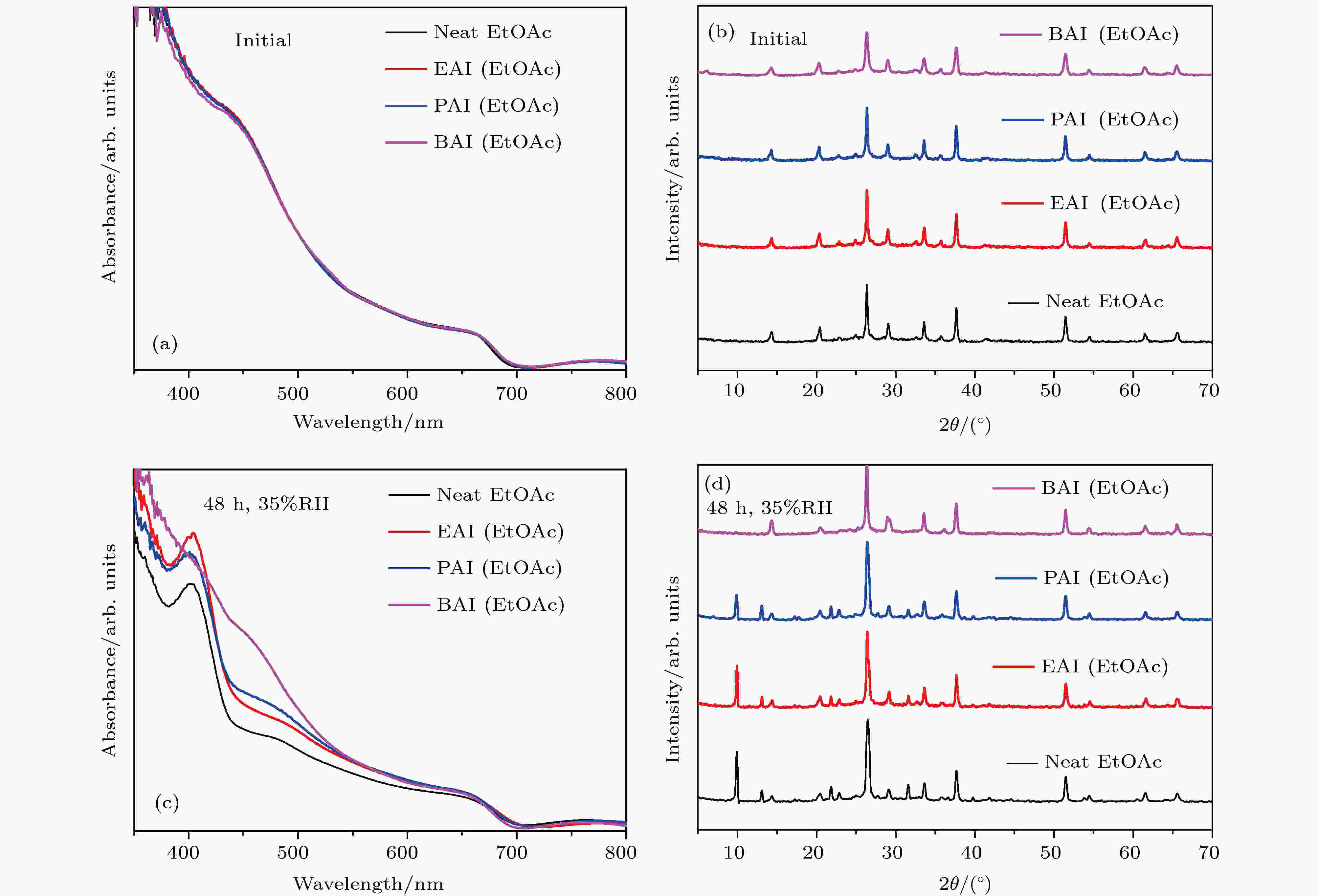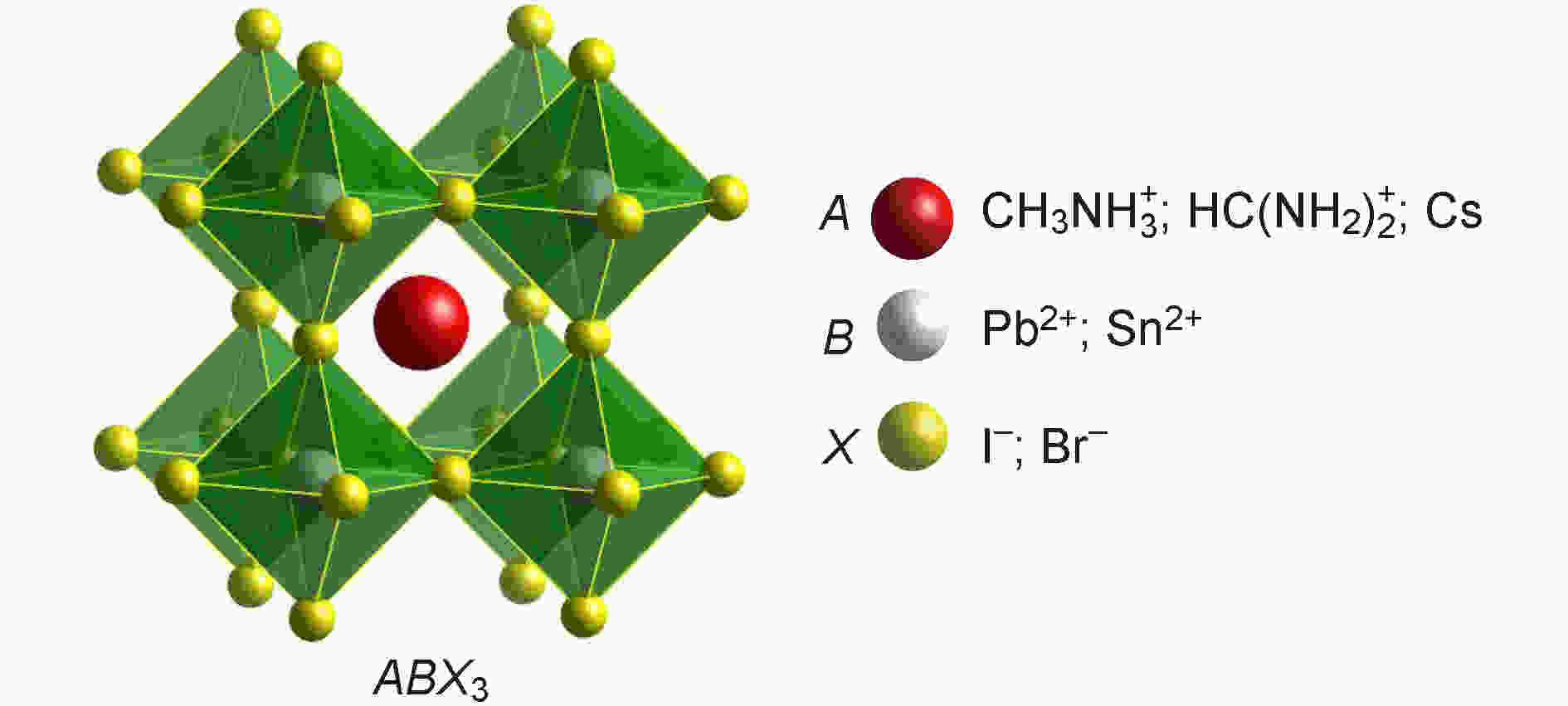Perovskite optoelectronic devices and physics
编者按:
钙钛矿原指自然界存在的一种陶瓷氧化物矿石, 它们具有类似钛酸钙 (CaTiO3) 的 ABX3 三维晶体结构. 这种矿石最早是由古斯塔夫·罗斯 (Gustav Rose) 于 1839 年在俄罗斯的乌拉尔山脉发现, 并以俄罗斯矿物学家列夫·博罗夫斯基 (Lev Perovski) 的名字命名. 金属卤化物钙钛矿是指具有这种 ABX3 钙钛矿型晶体结构的一类半导体光电材料, 通常 A 位置为甲胺 (CH3NH3+) 等有机阳离子, B 位置为铅(Pb2+)、锡 (Sn2+) 等二价金属阳离子,X 位置为溴 (Br–)、碘 (I–) 等卤素阴离子. 若忽略早期的零星报道, 钙钛矿成为明星光电材料仅仅是近几年的事情.2009 年, 日本桐荫横滨大学的宫坂力 (Tsutomu Miyasaka) 教授将钙钛矿应用于染料敏化太阳能电池中, 获得了良好效果, 自此开启了钙钛矿光电材料的研究热潮. 人们发现金属卤化物钙钛矿是一类近乎全能的光电材料, 其在光伏、发光、光探测、激光等一系列光电器件中, 都表现出优异的性能. 除此之外, 这类材料在自旋电子学领域也表现出巨大的应用潜质.
全新的材料也带来了新的研究问题. 尽管钙钛矿材料的光电性能优异、进展迅速, 人们发现这类材料目前并不是完美的. 钙钛矿材料的稳定性问题给领域内研究者带来了新的挑战; 铅元素毒性问题的解决也依赖于研究者在非铅钙钛矿领域的突破; 蓝光钙钛矿 LED 差的性能也给实现全彩钙钛矿显示的愿景蒙上了阴影. 此外, 钙钛矿中的多种物理机制目前仍不明确, 处于激烈的争论当中. 种种问题都有待于领域内研究者的充分探讨.
为了帮助读者系统了解钙钛矿光电领域的最新进展, 推动钙钛矿光电器件与物理研究的进一步深入, 也鉴于该领域关键问题研究的挑战性与紧迫性, 《 》特组织“钙钛矿光电器件与物理”专题, 邀请了国内若干活跃在该领域前沿的中青年专家撰稿, 合成这样一期以短篇综述为主的专辑, 多角度介绍该领域已经取得的部分成果以及最新进展. 本专辑在研究内容上涉及钙钛矿材料光电特性与稳定性、钙钛矿光伏与发光器件、钙钛矿中的离子迁移、钙钛矿自旋电子学以及非铅钙钛矿等多个热门研究课题, 以不同的视角综述介绍最新进展、问题、现状和展望. 除了短篇综述外, 还有若干研究论文. 希望本专题的文章能够为国内钙钛矿光电领域研究的学术交流做些许贡献, 进一步促进此研究领域的快速发展.
